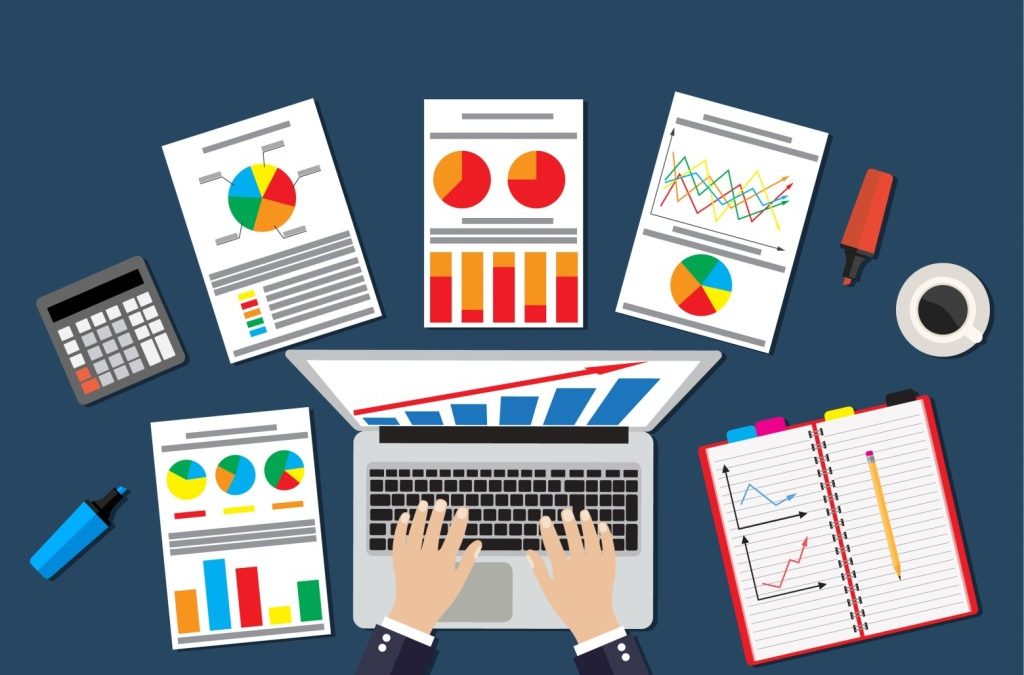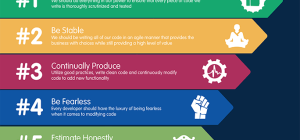 Right now, the software is a basic need for businesses. Powerful software can supercharge the performance of your business. However, things change. And your business needs to evolve with the times.
Right now, the software is a basic need for businesses. Powerful software can supercharge the performance of your business. However, things change. And your business needs to evolve with the times.
Holding on to obsolete software can hinder your business. Many organizations have lost revenue or even been subjected to ransomware attacks just because they did not see the warning signs and take the necessary precautions.
So, what are these warning signs? How do you know that your business software needs to be shown the door? Let’s dive right in.
- Your Software is Not Meeting New Customer Demands
For your business to succeed, your customers must get valuable results by using your products and services. They are happy when they feel like your business is changing with the times. If you feel like your software is in the way of your customers’ experience, it’s time to upgrade.
For example, voice computing is becoming increasingly popular. If your target audience is using voice computing, and your code structure doesn’t allow for voice, you have no option but to get voice compatible software applications.
Continuously research on the latest customer demands. What’s hot in your space? What would your target customer want to do with software? Once you get solutions, consult your tech team on how you can use software to meet your newest customer needs. Test things out first and only scale features that customers love.
- You are Concerned About the Security of Your Business Software
Security should never be ignored. Profitability is important, but without security, you can lose all your profit in a day. Without significant upgrades, older software becomes vulnerable to security risks.
There are many businesses that ignored security concerns, only to get hit by a terrible cyber-attack. The WannaCry ransomware, for example, affected over 160,000 victims in May 2017. 67.43% of those affected were running Windows 7. Note that Windows 10 was released in 2015, 2 years before this major attack. A simple upgrade would have done the trick for more than half of those affected.
Other security issues to look out for include denial-of-service (DoS) and distributed denial of service (DDoS), password theft, SQL injections, cross-site scripting (XSS), phishing and even eavesdropping attacks.
If your IT team indicates that your software has major security vulnerabilities, it’s time for an upgrade. Minor security risks can be fixed by simple patches, while major ones may force you to change your entire software suite altogether.
- The Software Has Performance Issues
You buy software for a specific reason. You want it to perform at its best.
Out of many options, you only chose that specific tool because you had high expectations. For a while, it performed, but now it has acquired too much software rot. Its performance has been diminishing and you’re not sure if you still want to use it. It simply doesn’t meet the mark.
When that happens, you need an immediate upgrade. It makes absolutely no sense to keep using software that’s dragging you down. An upgrade may initially cost you more. But if you upgrade to high performing software tools, you can save much more – both financially and in terms of the users’ peace of mind.
- Better Solutions are Working for Your Competitors
You definitely wouldn’t copy everything from your competitors. On the flip side, you wouldn’t want your competitors to beat you hands down because your software sucks.
Your customers are also checking out what software you’re using. They can easily shift to your competitors if they feel like you’re using old or outdated tech.
Stay ahead of the game by quickly upgrading to better solutions. You can even get custom software that’s unique to your business. This way you will keep doing things that are hard for your competitors to replicate. This ensures you become the industry leader.
Note that the solution here is not to blindly copy your competitors. Copying others means you’re also copying their mistakes. Your aim is to find or create solutions that are better than what your competitors can offer.
- Your Employees Are Complaining
So, you may have missed all the above warning signs. Or maybe you feel like the office suites you’re using can be used a little bit longer. You’re attached to those applications, so you keep making excuses so that you can keep using them more and more. But now your employees have started complaining.
You can’t brush off significant employee complaints and still expect them to deliver. This may lead to some HR issues that you don’t want to deal with. Imagine having accounting software that gives slow or erroneous results or overworking your IT team because software keeps crashing.
Happy employees tend to be more productive. This directly affects your company’s productivity.
Be proactive instead and prevent this from happening or getting worse. Conduct frequent employee surveys. Doing this will help you identify these challenges way in advance. You can then do minor or major upgrades to mitigate them.
Act On These Warning Signs and Upgrade Fast
Once you see these warning signs, don’t take too long to upgrade your software. This will make your employees happier, get you ahead of the competition, help you avoid performance issues, improve your security and help you meet new customer demands.
These warning signs apply to both small and big businesses. We’ve seen big companies like Microsoft, Yahoo and Gmail upgrading their applications. Do not be left out.
Upgrading doesn’t just mean getting a better version of the same software. You can instead go for custom software development. This way you get something that’s totally unique to your business.







